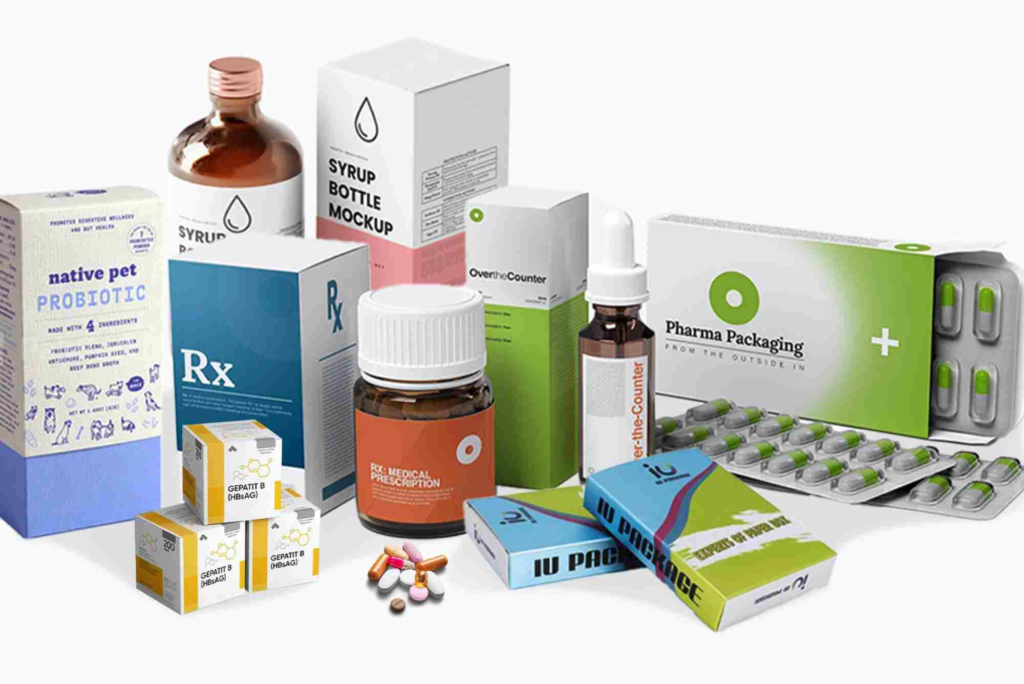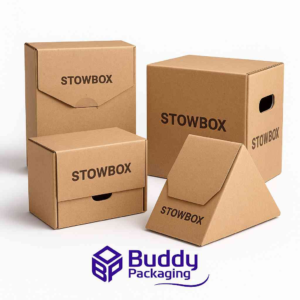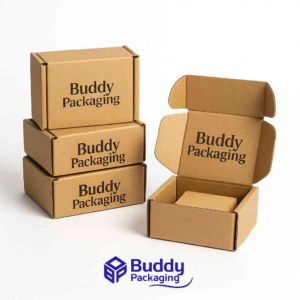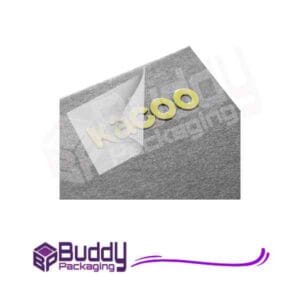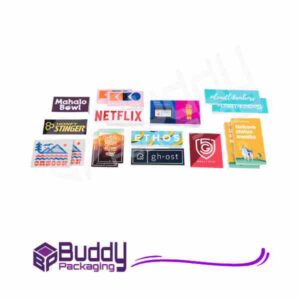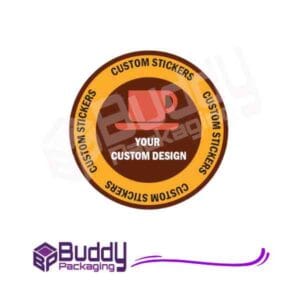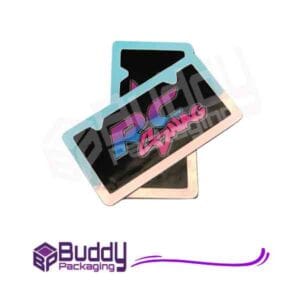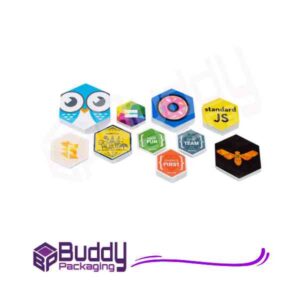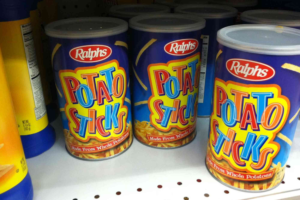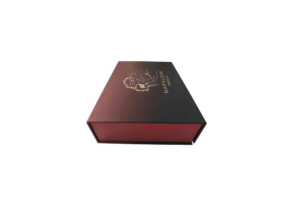Pharmaceutical Packaging Design: Ensuring Safety, Branding, and Compliance
Pharmaceutical packaging design plays a crucial role in the healthcare industry. Beyond protecting products, it communicates safety, enhances brand identity, and ensures regulatory compliance. An effective packaging design influences consumer trust, prevents medication errors, and supports product longevity. In this article, we will explore key strategies, materials, and considerations in pharmaceutical packaging design.
Understanding the Importance of Pharmaceutical Packaging Design
Pharmaceutical packaging is more than a container. It serves multiple essential functions that include:
Protection and Preservation
Medications must remain effective from production to consumption. Packaging shields drugs from light, moisture, and temperature fluctuations. It also prevents contamination and maintains sterility.
Regulatory Compliance
Compliance with FDA, EMA, and other international guidelines is critical. Packaging must meet labeling, safety, and child-resistant standards. Accurate information ensures proper usage and avoids legal issues.
Brand Recognition
Packaging design influences consumer perception. Clear branding, logo placement, and consistent color schemes build trust and recognition. A visually appealing package can differentiate a product in a competitive market.
Safety and Anti-Counterfeiting
Innovative designs, tamper-evident features, and serialization techniques protect consumers from counterfeit drugs. QR codes and holograms enhance verification and traceability.
Key Elements of Pharmaceutical Packaging Design
Designing effective pharmaceutical packaging involves considering materials, user experience, and sustainability.
Material Selection
Choosing the right material ensures product integrity. Common options include glass, plastic, and aluminum. Each offers different benefits in terms of durability, protection, and cost. Sustainable materials are gaining popularity due to environmental concerns.
User-Friendly Features
Packaging must be easy to open, read, and store. Clear instructions, ergonomic shapes, and dosage guidance reduce errors. Patient-centered design improves compliance and overall health outcomes.
Labeling and Information
Labels should include dosage, expiration, storage instructions, packaging design tips and warnings. Use legible fonts, contrasting colors, and standardized symbols. Digital solutions like QR codes allow patients to access detailed information quickly.
Aesthetics and Branding
A well-designed package enhances brand appeal. Consistent color schemes, logos, and graphics create a professional look. Attractive designs can influence purchase decisions and encourage brand loyalty.
Innovative Trends in Pharmaceutical Packaging Design
The pharmaceutical industry continuously evolves, with new trends shaping packaging practices.
Smart Packaging
Smart packaging integrates technology like RFID tags, sensors, and QR codes. These features monitor product conditions, track inventory, and prevent counterfeiting. It also enhances patient engagement through interactive features.
Eco-Friendly Solutions
Sustainable packaging reduces environmental impact. Biodegradable plastics, recyclable materials, and minimalistic designs are increasingly adopted. Brands focusing on sustainability improve their public image and meet regulatory expectations.
Personalized Packaging
Tailored packaging addresses individual patient needs. Custom labels, dosage-specific packages, and accessible designs support adherence to prescribed treatments. Personalization enhances patient satisfaction and reduces medication errors.
Multi-Functional Packaging
Combining storage, dosing, and transportation in one design offers convenience. Multi-use blisters, prefilled syringes, and modular containers streamline handling for both healthcare providers and patients.
Common Mistakes to Avoid in Pharmaceutical Packaging Design
Even minor design errors can have serious consequences. Awareness of common pitfalls helps ensure safe and effective packaging.
Overlooking Compliance Standards
Ignoring regulatory requirements can lead to recalls and legal issues. Always verify packaging against international and local regulations.
Poor Labeling
Illegible text, confusing instructions, or missing warnings can cause misuse. Prioritize clarity, simplicity, and accessibility.
Neglecting User Experience
Difficult-to-open packages frustrate patients and healthcare providers. Incorporate ergonomic designs that accommodate all users.
Focusing Solely on Aesthetics
Visual appeal is important, but safety, protection, and functionality must take precedence. Balance aesthetics with practical requirements.
How to Implement Effective Pharmaceutical Packaging Design
A structured approach ensures high-quality outcomes.
Research and Analysis
Understand your target audience, product requirements, and competitive landscape. Identify pain points and preferences to guide design choices.
Prototype Development
Create prototypes to test materials, usability, and durability. Feedback from healthcare professionals and patients is invaluable.
Testing and Validation
Perform stability, tamper-evidence, and safety testing. Ensure packaging meets all regulatory and functional standards.
Continuous Improvement
Gather post-market feedback and update designs as needed. Innovation, patient needs, and regulatory changes should inform ongoing improvements.
Leveraging Expert Services for Pharmaceutical Packaging
Partnering with professional packaging providers ensures quality and innovation. Companies offering Custom Packaging can help tailor solutions to meet safety, branding, and compliance goals. Reviewing packaging design tips from industry leaders also enhances your strategy. For location-specific support, explore Buddy Packaging Location for expert guidance and services.
Pharmaceutical packaging design is essential for product safety, regulatory compliance, and brand success. Prioritizing user-friendly, innovative, and sustainable designs enhances patient safety and builds trust. Businesses investing in professional packaging services and continuous design improvements gain a competitive edge.
Invest in your pharmaceutical packaging today to ensure protection, compliance, and brand recognition. Buddy Packaging Location Explore expert services to elevate your packaging design strategy.
FAQ
What is the main goal of pharmaceutical packaging design?
The main goal is to protect medications, ensure safety, comply with regulations, and promote brand recognition.
How can packaging improve patient compliance?
Clear labeling, dosage guidance, and user-friendly designs help patients follow prescribed treatments accurately.
What materials are best for pharmaceutical packaging?
Glass, plastic, and aluminum are commonly used, with sustainable options gaining popularity for environmental reasons.
Why is anti-counterfeiting important in pharmaceutical packaging?
Counterfeit drugs pose health risks. Features like QR codes, holograms, and tamper-evident designs prevent fraud.
How does smart packaging benefit the pharmaceutical industry?
Smart packaging monitors conditions, tracks inventory, prevents counterfeiting, and engages patients through interactive features.

